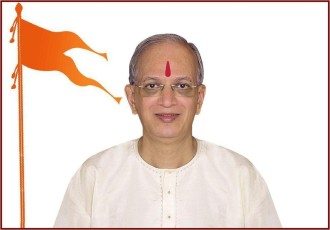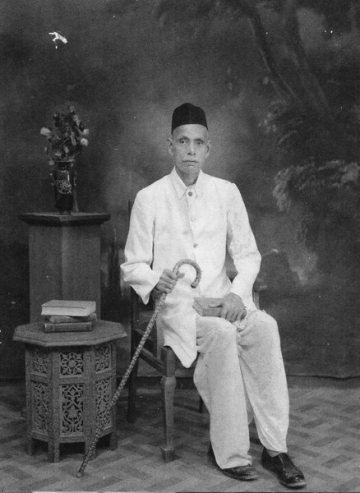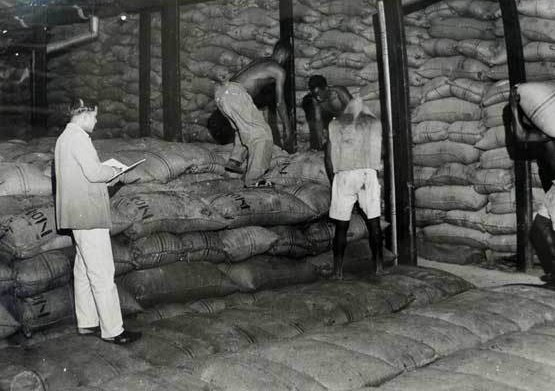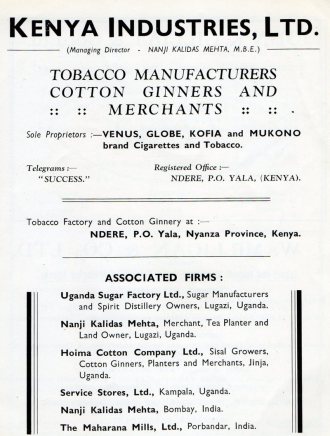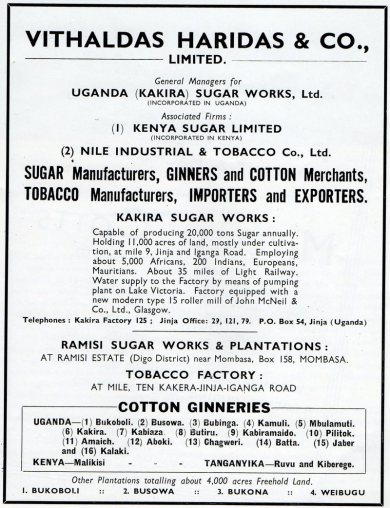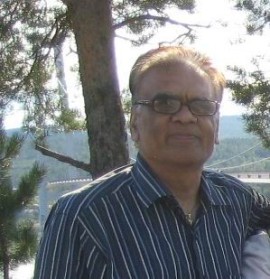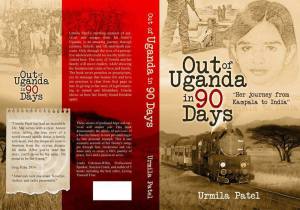The Hindu Community
Negotiating Hinduism in East Africa, 1860-1960
Abstract
This paper describes how Hindus in East Africa developed from ‘South Asians in Africa’ to ‘Asian Africans’ between 1880-1960. It shows how the Hindu community in East Africa realised their own geographical spaces and areas of interaction. The various cultural encounters of Hindus traders and businessmen with African, Arab and European communities may have been economically profitable, but they harmed cultural pillars of Hindu identity, like notions of caste, purity, food habits and marriage patterns. Obviously, this was not a harmonious process, but one with conflicts in which painful decisions had to be made and legitimised.
http://rathiraja.wordpress.com/2007/03/27/hindus-in-kenya/
The Lohana Community:
http://www.asiansinafrica.com/bestanden/Changing_Culture.pdf
Jeevanpran Swamibapa’s Second Visit to East Africa
http://www.swaminarayangadi.com/nairobi/history/2ndvisit.php
Oshwal Experience August 2015
Nanji Damordar Family
The Indian Nanjibhai Damordar was born in Madhavpur in India in 1880. At the age of 26, he was asked to look after shop of his relative Keshavji Dewani. There was nothing unusual in this request, as Indian community had a long tradition of mutual support, but this was in Zanzibar.
He decided to settle in East Africa after exploring the Economic potential of the area with his son Sunderji Nanji, he settled after a few years there with his family and had two youngest daughters who were born in Mombasa.
Both Broker license and a traders license was illegal to obtain by one person, so father and son outplayed colonial law by having one of each.
http://www.iias.nl/nl/39/IIAS_NL39_18.pdf
The Mehta
Our founder, Mr. Nanji Kalidas Mehta, left his native land at age 13 in a country vessel bound for of Africa. He carried with him a spirit of adventure, determination to succeed and little more than his dreams. The year was 1900 and the unit of currency used to trade with the local tribes was Cowrie Shells.
http://www.mehtagroup.com/about_mehta_group.html#
How Mehta dreamt up the first sugar empire in Uganda.
In many ways, Nanji Kalidas Mehta came to Uganda by accident. Born in Gorana, India, in 1888, the young Mehta, 14, left the sub-continent and travelled to Majunga in Madagascar where he was introduced to trading in his elder brother’s shop.
An outbreak of plague in Madagascar forced Mehta and many of the Indians on the island to return to India but was soon back in Africa against the wishes of his family – and with only 55 Rupees in his pocket.
Family Tree
http://www.tribalpages.com/tribe/familytree?uid=ruparell&surname=Mehta
Madhvani Family
The roots of several generations of the Madhvani Family can be traced back to Saurashtra, <st1:country-region>India</st1:country-region> in the village of Vanscharia. From there in about 1898 two brothers Vithaldas and Haridas Madhvani gave up their most humble livelihoods as farmers, and embarked upon a voyage of discovery and adventure to Africa. They travelled by dhow across the Indian Ocean to the spice island of Zanzibar and together they travelled further into the hinterland of the continent eventually settling in the trading town of Iganga, in Eastern Uganda
Cont:
http://www.madhvani-misa.com/126-about-madhvani.asp
The Madhvani Group of Companies
The Madhvani Group is one of the largest diversified private-sector groups in East Africa, employing over 10,000 people. Starting in Uganda in 1914, the Group has developed into a widely-diversified conglomerate with a geographical spread into various African countries, the Middle East, India and North America. The Group’s current turnover in Uganda exceeds USD 100 million. The Group’s assets in Uganda are valued in excess of USD 200 million, with several units undergoing major expansion.
Jayanti Chotai
Click on Photo
Professor of Psychiatry & Consultant psychiatrist
Assoc professor of mathematical and genetical statistics
Division of Psychiatry
Umeå University
901 85 Umeå
Sweden
email: jayanti.chotai@psychiat.umu.se
In my account of my childhood, I have roughly divided the time periods according to where we lived (our residences) since it facilitates my memory recollection, but many of the described phenomena existed through several such periods, and some throughout my childhood.
The idea is to give a flavour of the colorful environment in my childhood, highlighted by detailed descriptions here and there. I am brought up as Hindu at home, but I have had around me Muslims and Christians, and different asian groups, arabs, europeans, africans.
My parents emigrated from India around 1930, from a state called Gujarat, so my mother tongue is Gujarati, which is derived from Sanskrit (like Hindi and many languages of northern India; however, many languages in southern India are not Indo-European).
Cont:


